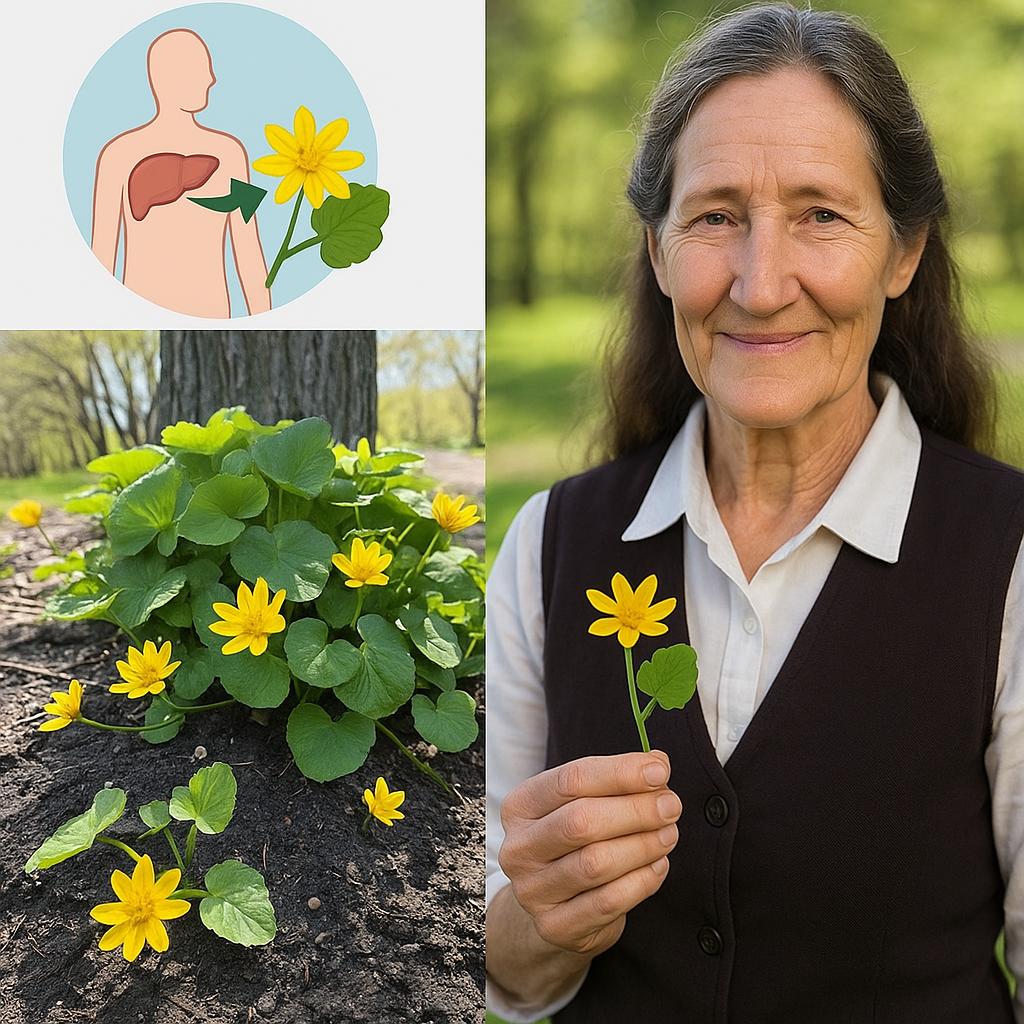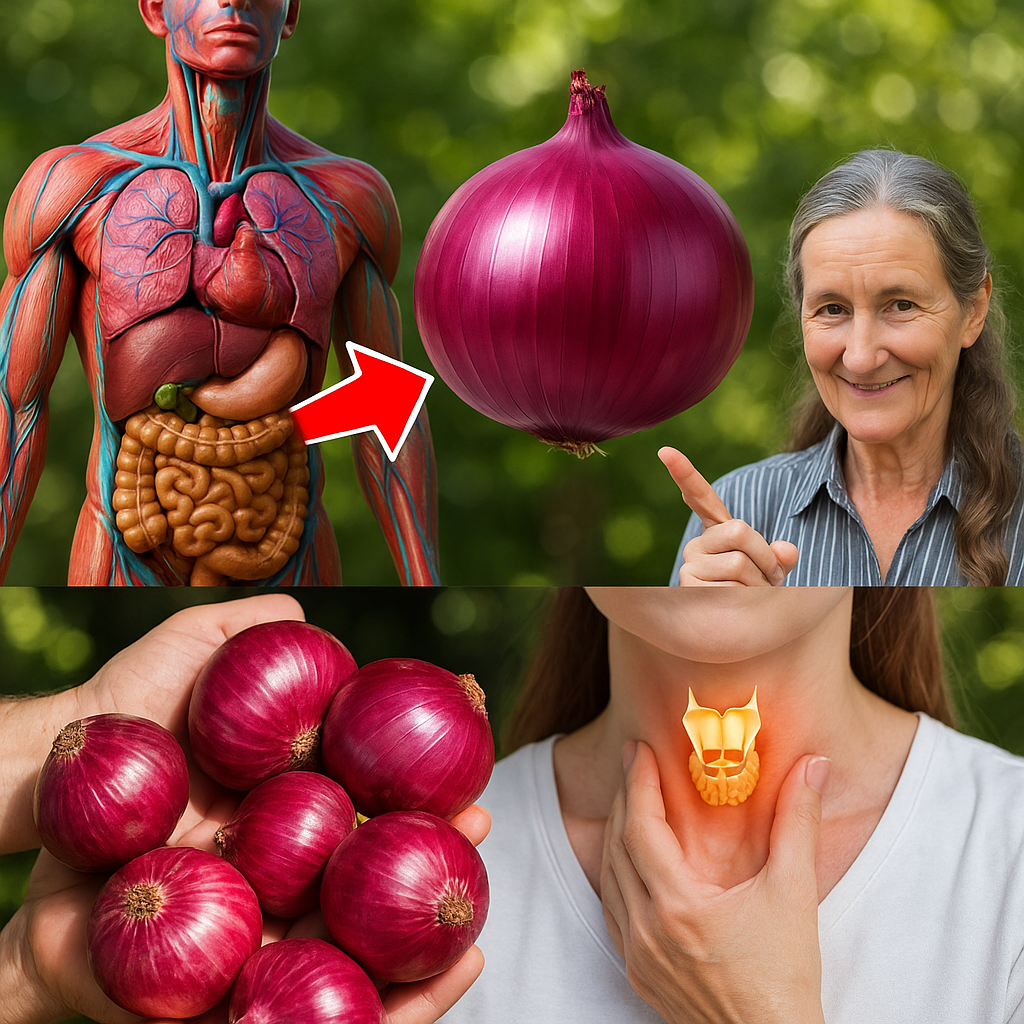Lesser Celandine, scientifically known as Ficaria verna, is a cheerful, early-blooming plant that brightens forest floors and garden edges with its glossy yellow flowers each spring. While often admired for its appearance, this member of the buttercup family has a long — and complicated — history in herbal medicine. Known for its strong astringent and anti-inflammatory properties, Lesser Celandine was once a go-to folk remedy for hemorrhoids and skin conditions.
However, despite its historical importance, modern herbalists approach it with caution. The fresh plant is toxic and must be processed carefully to be safe.
Let’s explore the plant’s traditional uses, benefits, and safety precautions so you can appreciate its healing legacy — without the risk.

🌿 What Is Lesser Celandine?
Lesser Celandine (formerly Ranunculus ficaria) is a low-growing perennial often found in moist, shady environments in early spring. It is recognized by its heart-shaped leaves and bright yellow, star-like flowers that typically bloom before most other herbs emerge. Traditionally, this plant was used during the “spring cleanse” in many cultures and earned the nickname “pilewort” for its famed use in treating hemorrhoids.
✅ Traditional and Topical Benefits of Lesser Celandine
🪑 1. Hemorrhoid Relief (Pilewort Use)
The plant was historically applied in salves or sitz baths to shrink swollen tissues, ease pain, and stop minor bleeding.
Use: Only from boiled or dried plant material, in creams or water infusions — never raw.
🩹 2. Astringent for Skin Irritations
Thanks to its high tannin content, Lesser Celandine was used to tighten tissues, making it effective on weepy rashes, skin ulcers, or moist eczema.
Use: In a dried poultice or infused oil.
🧴 3. Promotes Wound Healing (Topical Use)
Crushed dried leaves or a cooled decoction was used to clean wounds and dry inflamed skin.
Use: Only after drying or boiling, applied to closed skin.
🦵 4. Relief for Varicose Veins (Folk Use)
European herbalists used celandine in topical ointments to reduce inflammation and discomfort around bulging or irritated veins.
Use: As a cream or salve, not as raw poultice.
🌿 5. Seasonal Detox in Folk Medicine
Small amounts of the dried or boiled plant were used in spring “cleansing” teas believed to support liver and digestive health.
Use: Rarely practiced today due to safer alternatives.
💧 6. Anti-inflammatory Effects (External Use)
Infused oils or ointments prepared with dried celandine may help soothe bruises, bug bites, and surface irritations.
Use: Apply gently to skin after a patch test.

⚠️ Lesser Celandine Toxicity: What You MUST Know
❗ 1. Raw Plant Is Toxic
Fresh Lesser Celandine contains protoanemonin, a compound that can cause burns, blisters, nausea, vomiting, and diarrhea — even from skin contact in sensitive individuals.
✅ 2. Heat Neutralizes the Toxin
Boiling or drying converts protoanemonin into non-toxic forms, making the plant safer for external use.
🚫 3. Internal Use Not Recommended Without Professional Guidance
Even when dried, internal use carries risk. There are safer modern herbs for detox or digestive health.
⚠️ 4. Can Cause Skin Reactions
Some individuals may still experience dermatitis from topical use. Always test a small area first.
🏡 Traditional Uses at Home (ONLY With Processed Plant)
🛁 Sitz Baths for Hemorrhoids
– Add boiled or dried celandine to warm water
– Soak for 10–15 minutes to ease pain and reduce swelling
🧴 Topical Ointments for Skin
– Infuse dried celandine in olive oil for 2 weeks
– Strain and use in salves for ulcers, varicose veins, or inflamed skin
🩹 Poultices for Moist Skin Conditions
– Steep dried leaves, then mash and apply to the skin
– Cover with cloth and leave for up to 30 minutes
🍵 Spring Tonic (Not Recommended Without Expert Guidance)
– Rarely used today. Safer detox herbs like dandelion or nettle are better choices
❌ What NOT to Do
– Do not eat the raw plant
– Do not apply fresh leaves to broken skin
– Do not use internally without a licensed herbalist’s direction
– Do not use during pregnancy, breastfeeding, or with liver issues
🌼 Final Thought: A Potent Herb With a Serious Warning
Lesser Celandine (Ficaria verna) is a beautiful and once-revered spring herb — but natural does not always mean safe. While it has a rich tradition as a remedy for hemorrhoids and skin issues, the risks of raw plant toxicity mean it’s best left to topical use from dried or properly processed forms.
In modern herbal practice, it serves more as a historical curiosity than a primary remedy. If you do explore it, always do so with care, respect, and expert guidance.
🛑 Disclaimer:
This content is for educational purposes only. Do not use Lesser Celandine internally or topically without proper processing and professional advice. Consult a licensed healthcare provider or clinical herbalist before use, especially if you are pregnant, nursing, or managing a health condition.


